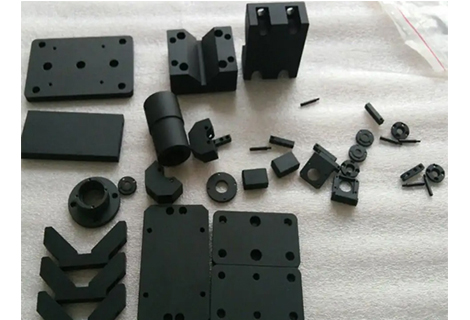In the refractory industry, "calcined alumina" and "activated alumina" are buzzwords, because they have become important synthetic raw materials for refractories, especially in some high-performance amorphous refractories. However, the difference between the two and whether the term is appropriate, there is ambiguity.
First of all, it is necessary to clarify what is calcined alumina (Calcined alumina) for refractories. It is a product obtained by calcining aluminum hydroxide or industrial alumina at a certain temperature to partially or almost completely convert it to α-Al2O3. Calcination means heating at a certain temperature to cause the material to undergo a decomposition reaction and lose water of crystallization or volatile components. Broadly speaking, as long as the aluminum hydroxide is heated to remove the water of crystallization, even if the most thermodynamically stable state of α-Al2O3 before the transition state of alumina, such as γ-Al2O3, θ-Al2O3, etc., are calcinated alumina, that is, commonly known as industrial alumina or commercial alumina. The term "activated alumina" has two meanings.
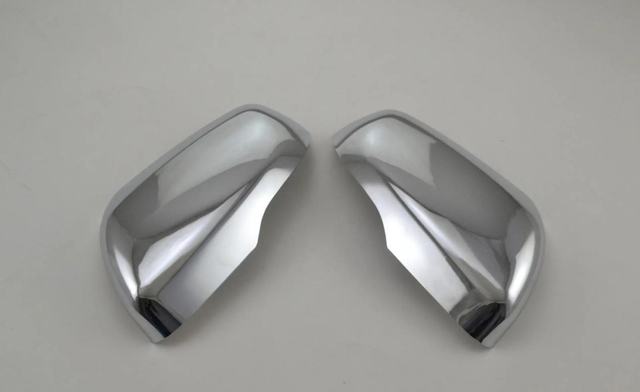
In the non-refractory industry, such as desiccants, adsorbents, catalysts, etc. used in the alumina, usually called "active alumina (Activated alumina)". This is a class of porous, highly dispersed solid materials, has a large specific surface area, its microporous surface with catalytic action required, such as adsorption, surface activity, excellent thermal stability and other characteristics, so it is widely used as a catalyst for chemical reactions and catalyst carriers. There are usually two types of raw materials for the production of this type of activated alumina. One is γ-Al2O3 obtained by heating and dehydration of alumina trihydrate or Bayerite, and the other is a proposed thin alumina produced by aluminate or aluminum salt or both. Obviously, this type of activated alumina is not suitable for refractory materials. The so-called activated alumina for refractory materials must meet:
(1) is to α-Al2O3 main crystal phase of calcined alumina;
(2) The original crystal size can be as small as sub-micron;
(3) have a grain morphology and size distribution that is favorable for achieving compact accretion.
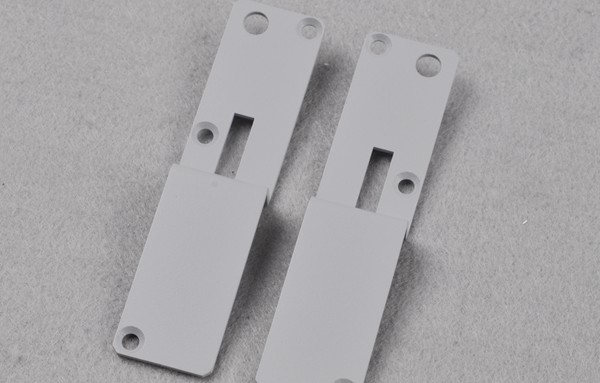
This designation was first proposed by Almatis, and is known as Reactive alumina, which is characterized by its ability to achieve a controlled particle size distribution in the submicron range and better sinterability. Its activity is characterized by sintering, that is, the alumina ultrafine powder pressing tablets, sintered at a specified temperature, such as 1540ºC for a period of time, the bulk density of the resulting alumina sintered body is closer to the theoretical density of α-Al2O3, it is said to be the higher the activity. Japan simply called activated alumina as "easy sintered alumina". Visible, the so-called activated alumina, but is a specific class of calcined alumina, compared to the original original crystalline scale on the market is smaller and thus easier to sinter only.
The so-called "activity" is a relative concept, there is no recognized "activity" of the upper limit of the particle size regulations, mostly from a qualitative or semi-quantitative point of view to grasp. Sinterability depends on a variety of factors such as specific surface area, median diameter, particle shape and size distribution, and should not be judged only from the particle size. When it comes to α-Al2O3 micropowder, the industry seems to have become accustomed to interpreting the term calcined alumina as inactive alumina, implying that it is calcined at higher temperatures and that the primary crystal size is larger, and Richconn argues that it is better to use the collective term "calcined alumina" to refer to one part of the product, and use the term "reactive alumina" to refer to the other. R believes that it is not rigorous and scientific enough to use a collective term such as "calcined alumina" to specifically refer to one part of itself, and another part of it is referred to as "activated alumina", which should be used more often to characterize the degree of activity of the alumina micropowder and other properties.
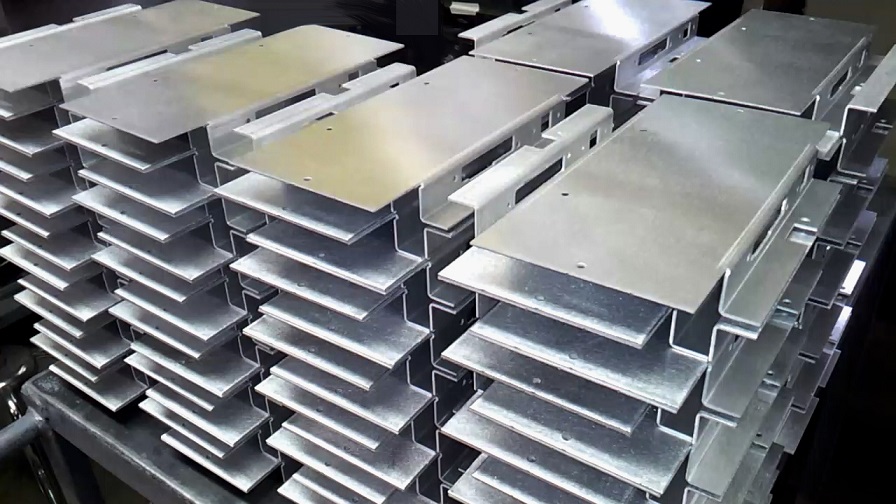
Obviously, the smaller the size of the original crystal of calcined alumina for refractory materials, the higher the specific surface value, the higher the sintering activity. After sufficient grinding and dispersing agglomeration, the median diameter can be used to characterize the original crystal size. For example, the typical values of D50 of CT3000SG, RG4000 and CL370 activated alumina are 0.5μm, 0.6μm and 2.5μm respectively, while the typical values of D50 of conventional calcined alumina are more than 3μm.
Calcined alumina and activated alumina are widely used materials in industry and science and technology, but there is a clear difference between them. Calcined alumina is the product obtained by heating alumina hydroxide or industrial alumina at a certain temperature so that it is partially or almost completely converted to α-Al2O3, which is usually used in the preparation of refractory materials. Activated alumina, on the other hand, is a kind of porous and highly dispersed solid material with large specific surface area and special catalytic properties, which is widely used in the fields of desiccant, adsorbent, catalyst and so on.
In order to better meet the needs of different applications, we need to understand the characteristics of these materials, such as the original crystal size, specific surface area, sinterability and other technical parameters, in order to choose the right material. In this field, Richconn is a precision machining company that provides CNC milling services and CNC turning services for aluminum, sheet metal services, and die casting services to meet the needs of various material processing.
Whether you need calcined alumina or activated alumina, Richconn can provide high-quality custom CNC machining services to meet your specific requirements. We are committed to providing our customers with the highest quality materials and processing solutions to meet the needs of a variety of industries. If you are interested in our services or have any questions, please feel free to contact us and we will be happy to support and assist you.
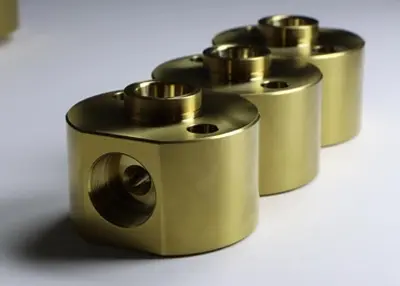 CNC Machining and 3D Printing - Friends or Foes?October 13, 2023The two technologies CNC machining and 3D printing have a major impact on many industries. But do they compete or complement each other?
Simply put, CNC machining is the inverse of 3D printing.view
CNC Machining and 3D Printing - Friends or Foes?October 13, 2023The two technologies CNC machining and 3D printing have a major impact on many industries. But do they compete or complement each other?
Simply put, CNC machining is the inverse of 3D printing.view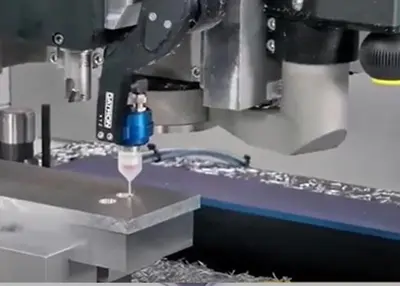 What Are The 3-Axis, 4-Axis, And 5-Axis In Cnc Machining, And What Is The Difference Between Them?June 21, 20223-axis CNC machining, 4-axis CNC machining, and 5-axis CNC machining are terms that are often heard in our industry work. Some users can't tell. For these types of CNC machining, there are still C...view
What Are The 3-Axis, 4-Axis, And 5-Axis In Cnc Machining, And What Is The Difference Between Them?June 21, 20223-axis CNC machining, 4-axis CNC machining, and 5-axis CNC machining are terms that are often heard in our industry work. Some users can't tell. For these types of CNC machining, there are still C...view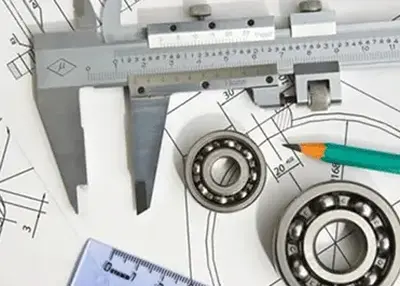 Fundamentals and Techniques of Engineering DrawingsDecember 1, 2023Engineering drawings are a graphical language used to express engineering design ideas and details, and they are an important tool for engineers for design, manufacturing and maintenance. Engineering drawings follow a number of international or national standards and specifications to ensure the accuracy, consistency and readability of engineering drawings.view
Fundamentals and Techniques of Engineering DrawingsDecember 1, 2023Engineering drawings are a graphical language used to express engineering design ideas and details, and they are an important tool for engineers for design, manufacturing and maintenance. Engineering drawings follow a number of international or national standards and specifications to ensure the accuracy, consistency and readability of engineering drawings.view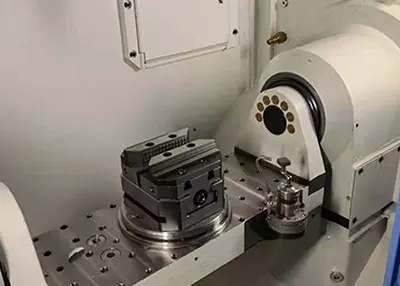 CNC Router Machinery: Unveiling the Core of Modern ManufacturingNovember 2, 2023Are you ready to explore the cutting-edge world of CNC router machinery? Whether you are a seasoned professional in the field or someone just getting started, this comprehensive guide will equip you with the knowledge you need to harness the full potential of CNC router machinery. From understanding the fundamentals to exploring innovative services, let's dive in and take your CNC router experience to the next level.view
CNC Router Machinery: Unveiling the Core of Modern ManufacturingNovember 2, 2023Are you ready to explore the cutting-edge world of CNC router machinery? Whether you are a seasoned professional in the field or someone just getting started, this comprehensive guide will equip you with the knowledge you need to harness the full potential of CNC router machinery. From understanding the fundamentals to exploring innovative services, let's dive in and take your CNC router experience to the next level.view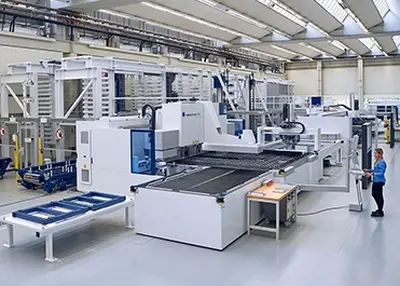 How to Choose CNC Machining Service Provider?October 25, 2023This article covers everything you need to know about quality control in your CNC machine shop. It will serve as a guide to help you quickly identify machine shops that you should work with and must avoid.view
How to Choose CNC Machining Service Provider?October 25, 2023This article covers everything you need to know about quality control in your CNC machine shop. It will serve as a guide to help you quickly identify machine shops that you should work with and must avoid.view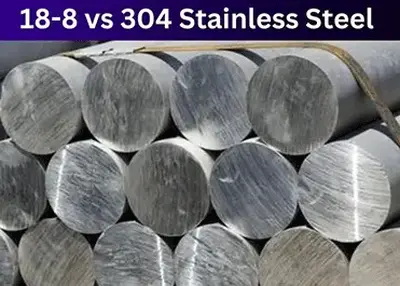 18-8 Stainless Steel vs 304: What's the Difference and Which One to Choose?December 7, 2023Stainless steel is one of the most widely used materials in the world, thanks to its excellent properties, such as corrosion resistance, strength, durability, and aesthetics. However, not all stainless steel grades are the same.view
18-8 Stainless Steel vs 304: What's the Difference and Which One to Choose?December 7, 2023Stainless steel is one of the most widely used materials in the world, thanks to its excellent properties, such as corrosion resistance, strength, durability, and aesthetics. However, not all stainless steel grades are the same.view
 EN
EN
 ru
ru 
